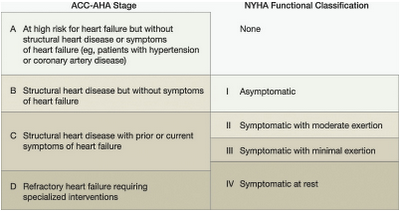It is also necessary in addition to locate the lower border of the Liver and the span of the Liver
it is necessary to assess the consistency of the liver ( soft, elatsic, firm, compact, hard), the liver surface ( smooth, protuberant), the tendernss on pressure.

































